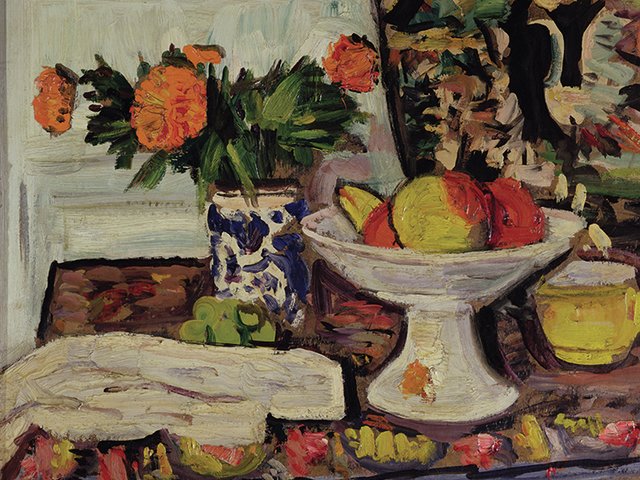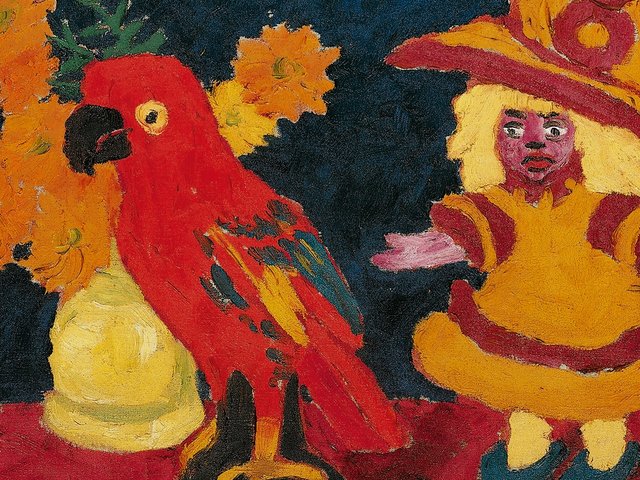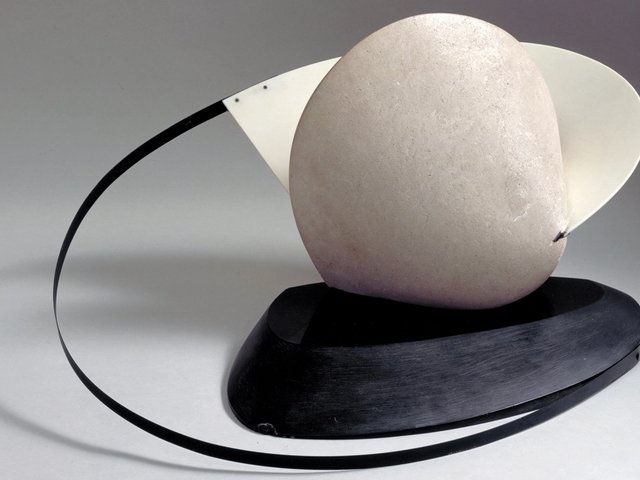The British painter William Nicholson (1872-1949) has featured in several exhibitions at Pallant House Gallery in Chichester, West Sussex, in recent years. His complicated, much misunderstood, relationship with his eldest son formed the prologue to Ben Nicholson: From the Studio in 2021; four of his spare depictions of the South Downs were included in the gallery’s 2022 survey of Sussex landscapes; and his shimmering The Silver Casket and Red Leather Box (1920) was a highlight of last year’s anthology of Modern British still lifes. Now he is taking centre stage at the gallery in the first full survey accorded to him in quarter of a century.
Nicholson’s output was prolific and eclectic: spectacularly dramatic posters, made in collaboration with his brother-in-law James Pryde, under the pseudonym of the Beggarstaff Brothers; wonderfully witty woodcuts, including the celebrated portfolios An Alphabet and London Types; book illustrations; commissions for the theatre (he designed the costumes for the first performance of Peter Pan); portraits, both of children and those he called his “smart sitters”, which were his primary source of income; and the ravishing still lifes and serene landscapes he made for his own diversion.
“Past exhibitions have often siloed the different aspects of Nicholson’s work, with a focus on just his paintings or his graphic work,” says the Pallant House Gallery director Simon Martin. “This show looks at him in the round, evincing his versatility across different media and genres and considering how they inform and relate to each other.”
A damned dandy
Nicholson defies easy categorisation—one reason he has sometimes been damned as a minor artist. He belonged to no movement, declined all invitations to join exhibiting societies or artistic organisations and was steadfastly unrevealing about his own work. In many ways he was an archetypal Edwardian, a dandy who painted in his customary outfit of bow tie, fancy waistcoat, white trousers and patent leather shoes and who, like his friend Rudyard Kipling, inhabited a world dominated by Empire and the Great War. But Nicholson was not simply a flatterer of the rich and powerful: his imposing full-length portrait of Duffadar Valayat Shah, the Muslim orderly of Lord Hardinge, the viceroy of India (1915), on loan from Nottingham Castle Museum, is endowed with far greater dignity and sentiment than Nicholson could muster for the viceroy himself.
And although much of Nicholson’s mature work seems to go against the grain of Modernist practice, as Martin says, “his approach to rendering light and tone was essentially abstract” and conveys an aesthetic hardly less pared-down than that exemplified by his son Ben’s white reliefs.
Nicholson is much admired for his bravura brushwork, his unabashed sensuality and his unrivalled ability to capture the specific quality of light as it falls on a glass or metal surface. The exhibition will contain plenty of his more familiar and best-loved images: Gertrude Jekyll’s battered old gardening boots, immortalised on canvas while waiting for his reluctant subject to sit for him; the remote buildings at Judd’s Farm silhouetted on the Downs near Rottingdean; and the lustrous, yet unostentatious, Gold Jug (on loan from the Royal Collection). But the show also aims to demonstrate that Nicholson was a more sophisticated and original figure than the man who, in Ben’s words, “merely wanted to paint”.
• William Nicholson, Pallant House Gallery, Chichester, 22 November-
10 May 2026






